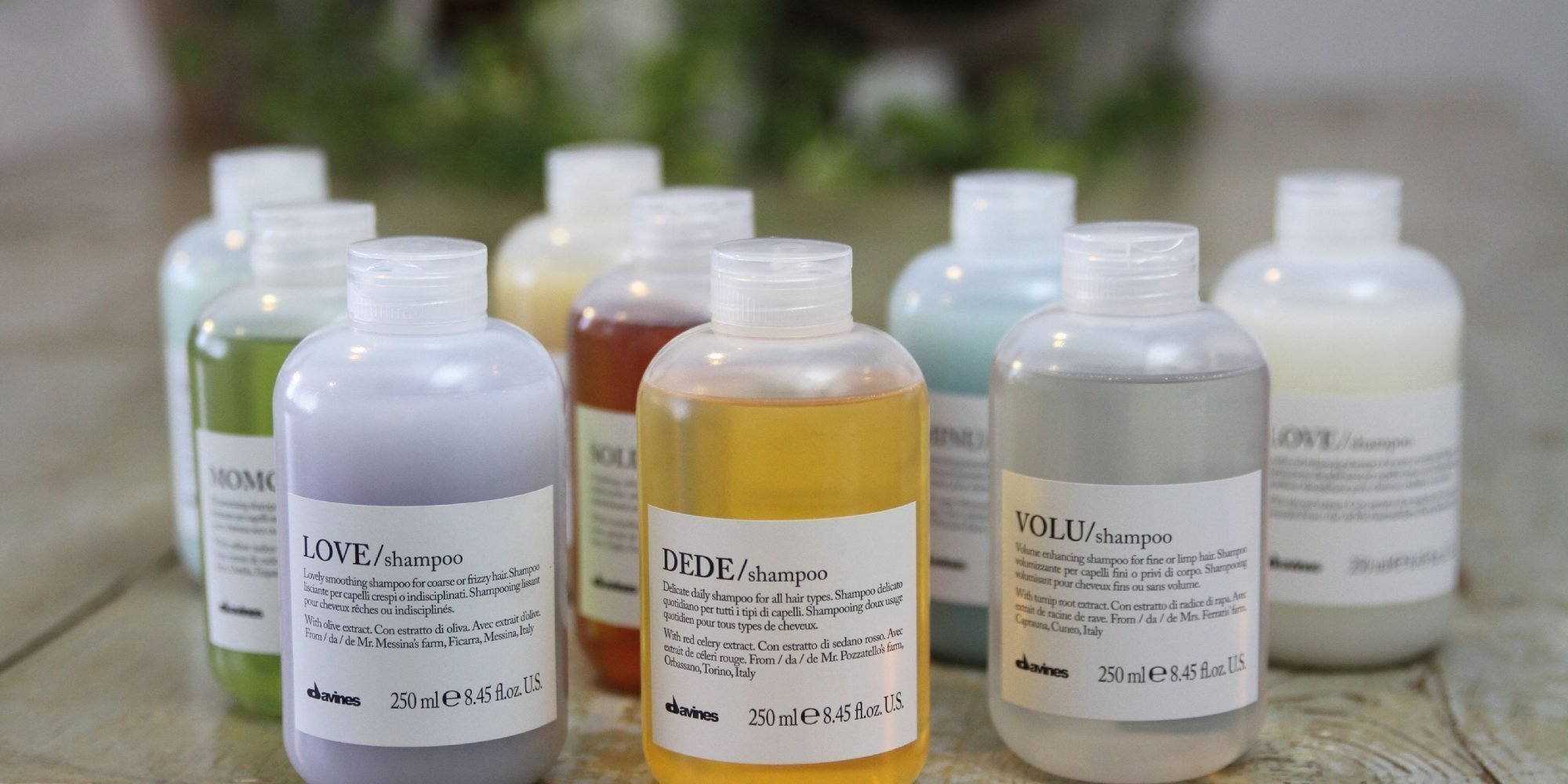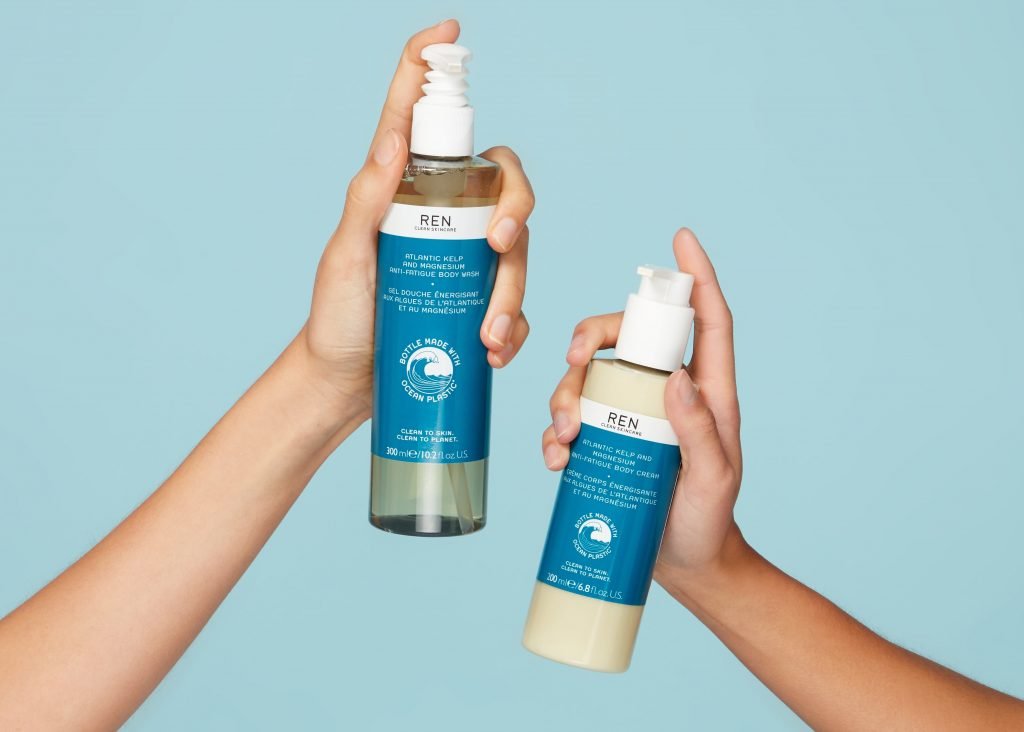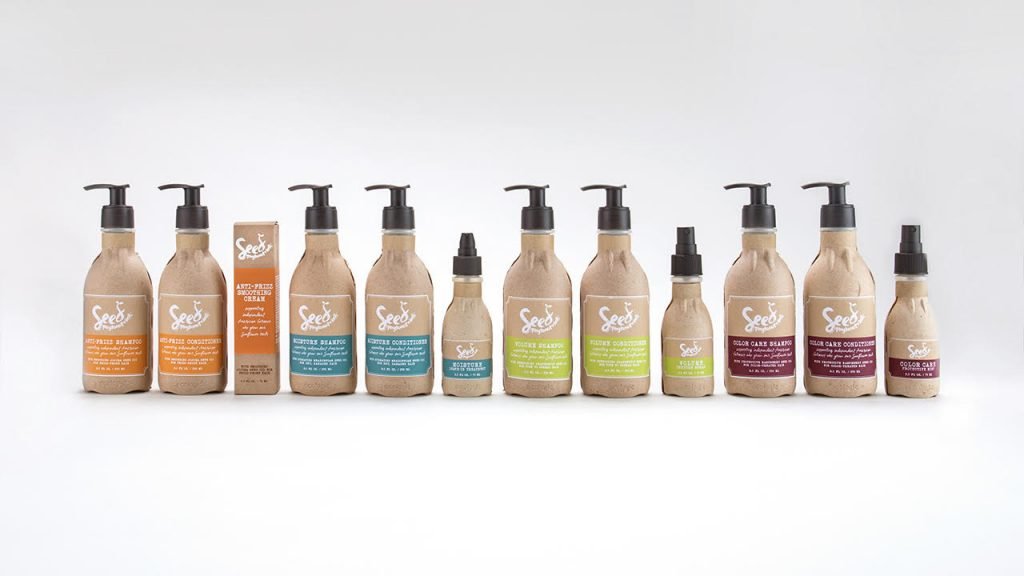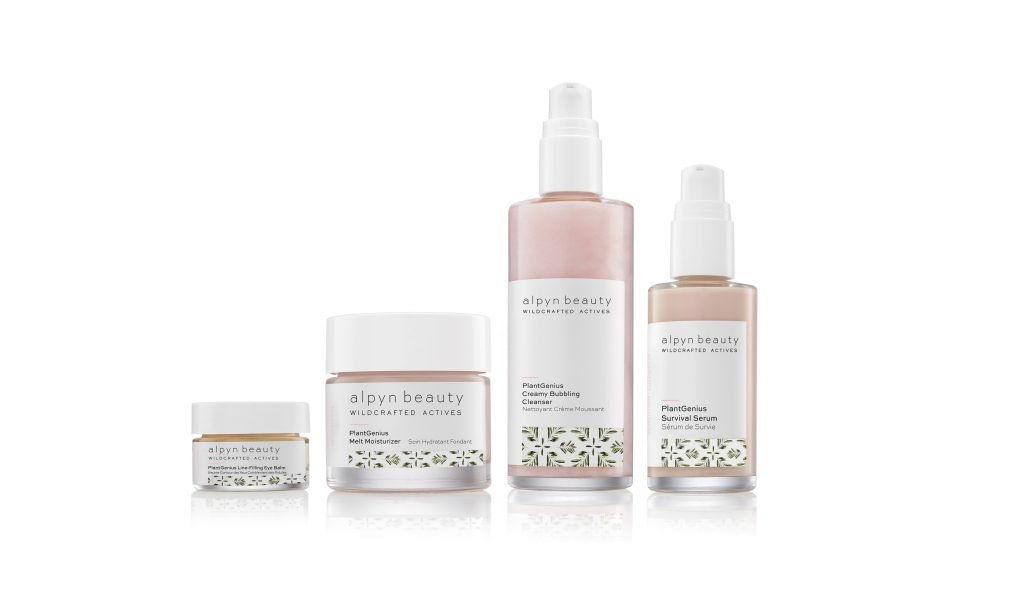
Does Being Green Make Green?
Beauty brands are increasingly wearing sustainability efforts as badges of pride, touting the ways they’re working to save the environment from supplying refills to offsetting carbon footprints. Do these efforts, which can be tough on the bottom line, make customers more likely to select brands at the point of sale? The answer is—sort of.
A mounting field of data shows shoppers and stores gravitate to beauty brands thinking about the effects they have beyond dewy skin, shiny hair and bold brows. However, a proclivity for an eco-conscious brand doesn’t automatically equal a purchase. Price, convenience, retail venue and brand messaging are key factors in determining whether the greening of beauty merchandise generates meaningful returns.
In surveys, shoppers divulge they feel warm fuzzies for earth-friendly brands. Lia Neophytou, an analyst with GlobalData, says, “Consumers value a clear commitment from beauty players towards mitigating their environmental impact.” In the third quarter of last year, a GlobalData survey found almost half of consumers worldwide claimed to be always or often influenced by how ethical, environmental or socially-responsible a beauty and grooming product is when purchasing it.
Brands deciding to place sustainability at the core of their missions reveal a positive correlation between that decision and revenues. For example, Ren Clean Skincare pledged to go zero waste by 2021 a year ago and, in the year since it announced the pledge, its sales have jumped 50%. “That should be encouraging to everybody else,” says Arnaud Meysselle, CEO of Ren Clean Skincare. The brand set out to achieve its zero-waste goal through, among other initiatives, relying on bottles constructed from 100% recycled plastic, including 20% from reclaimed ocean plastic, in its Atlantic Kelp And Magnesium Body Range.

The Davines haircare brand eases recyling with single-material packaging and donates 1% of every purchase from its Essential Haircare line to support environmental charities. Seed Phytonutrients, a year-old skin, hair and body brand incubated at L’Oréal, uses paper—not plastic—for its containers. The brand recently entered Whole Foods and Sephora. “These retailers know their customers, and the fact that they’re coming to us and saying, ‘We want to partner with you,’ that to me is a sign of success of the [sustainability] movement,” says Brad Farrell, senior vice president and lead brand farmhand at Seed Phytonutrients.
Of course, green innovations don’t come for free. They can lead to higher retail prices, and therein lies the rub. Per GlobalData, 62% of consumers worldwide are swayed by a product aligning with their time and money constraints. For the past six years, Good.Must.Grow., a socially-responsible marketing consultancy in Los Angeles, has compiled a Conscious Consumer Spending Index (CCSI) tracking a broad array of attributes from Americans’ charitable engagement to their purchasing behavior. Its 2018 report discovered 59% of Americans bought goods or services from a socially-responsible company, down from a high of 65% in 2015.
“There’s good news and there’s bad news, if you’re a sustainable brand. The good news is you still have a really big audience who wants to see you be successful, and there are some obstacles we need to overcome to reach more people and create more energy in this movement.”
“There’s good news and there’s bad news, if you’re a sustainable brand,” says Heath Shackleford, founder of Good.Must.Grow. “The good news is you still have a really big audience who wants to see you be successful, and there are some obstacles we need to overcome to reach more people and create more energy in this movement.”
Price is a major obstacle. “We gauged how responsible people saw themselves, and those who said they were between a five and a seven on a scale of one to 10 in terms of being a conscious consumer were more price sensitive,” says Shackleford. The CCSI estimates people sitting from five to seven on its scale constitute about 50% of the population. It calculates 30% of people are committed to sustainability, and it’s not a priority for the remaining 15% to 20%.

“A pricing strategy doesn’t mean you necessarily have to be a lower-price option to overcome that price sensitivity, but you better have a better story, and you better be believable to that middle-tier consumer because he/she is a lot more skeptical and a lot less likely to trust you than people who reported being an eight through 10 on that scale,” says Shackleford. Neophytou concurs, saying, “To encourage uptake of sustainable beauty products, brands must focus on either providing affordable solutions or emphasizing the value for money they can offer.”
Kendra Kolb Butler, founder of Alpyn Beauty, a nascent skincare brand incorporating wildcrafted ingredients in its formulas, and depending on recyclable glass bottles and paper certified by the Forest Stewardship Council, figures sustainability contributes to its strong start. “Today’s consumer is looking for brands that offer something unique, but are also run responsibly,” she says. “It’s not enough just to create a great product and put it into the world, there has to be a compelling mission behind the product.” Kolb Butler continues, “We are currently well above out first-year sales projections just eight months in, so I can’t say for sure, but I believe our sustainability practices are a key part of our success.”
“It’s not enough just to create a great product and put it into the world, there has to be a compelling mission behind the product.”
Alpyn Beauty turns to social media, packaging and its website to communicate its environmental stance to consumers. The right retailer can help make sustainability’s potential price tag more palatable to customers, too. Sustainability is a central tenet at eight-unit clean beauty retailer Credo. Alpyn Beauty launched at Credo and Goop, and has extended its retail reach to QVC, Shen Beauty and Aillea.
“Our job as a retailer that specifically chooses these brands due to these important pillars is to educate our staff, so they can pass that information on to our consumer to help him/her understand the cost, work and conscientiousness that has gone into creating these products,” says Annie Jackson, co-founder and COO of Credo. The retailer believes that the extra attention boosts its business. Jackson discloses, “I can say that Q1 2019 has been our best yet, and comp sales are highly positive.”

While on the upswing, the sustainability movement has yet to reach critical mass. “Right now, consumerism is in this weird flux where people want to feel better about what they’re purchasing, but they don’t want the purchase to be harder or more complicated,” says Sarah Biggers, founder and CEO of Clove + Hallow. “For example, refillable compacts win over some retailers and customers, but lose others because they can be perceived as an extra step.”
Key Takeaways
- A large portion of consumers are interested in environmentally-friendly beauty products.
- Price, however, remains a huge determinent of consumer purchasing behavior, especially for consumers on the fence about choosing sustainable products over those that don’t have sustainable components.
- To overcome consumer hestitancy to shell out for sustainable products, brands need to communicate a compelling value story.
- When are able to effectively convey their environmental positioning, beauty brands that make sustainability part of their identity report they are seeing sales growth as a result.
- A retail partner can help educate customers about the value proposition when a sustainable item comes with a higher price tag.







Leave a Reply
You must be logged in to post a comment.